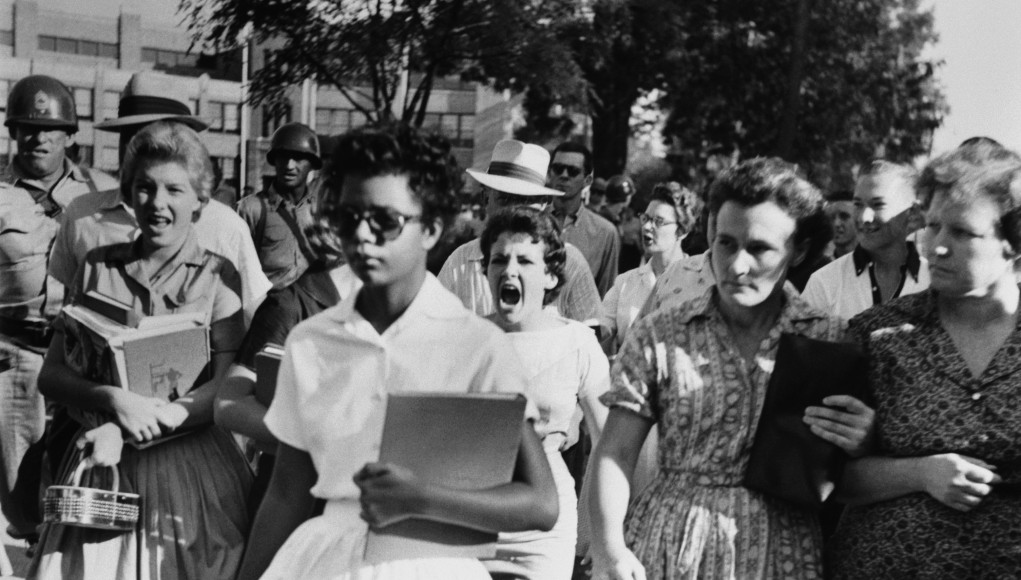It’s hard to believe it’s been 60 years since the nation watched nine African-American students demand equal access to education in Little Rock, Arkansas. Coming off the heels of 1954’s Brown v Board of Education decision, declaring that segregated schools were “inherently unequal” and therefore unconstitutional, the National Association for the Advancement of Colored People (NAACP) helped to register Ernest Green, Elizabeth Eckford, Jefferson Thomas, Terrence Roberts, Carlotta Walls LaNier, Minnijean Brown, Gloria Ray Karlmark, Thelma Mothershed, and Melba Pattillo Beals at the all-white Little Rock Central High School in 1957. And the rest, as they say, is history.

But it’s funny how history has a way of repeating itself. 1957 was a period of social turmoil in the United States, fueled by inequity, racism, and discrimination. But it also resulted in Congress establishing the Civil Rights Act of 1957, which was enacted to protect the rights of African-Americans. The Civil Rights section of the Justice Department was created and became the chief mechanism for protecting the voting rights of African-Americans. The legislative and civic work being done during that period was intended to level the playing field, provide equal access and remove racially discriminatory policies that had kept African-Americans from full and equal participation in American society.
And yet here we stand today, with a U.S. President that has stoked the embers of hatred and racial bias. Charlottesville, tiki-torches, and the alt-right. With legislative policies and elected officials across the country who seek to disenfranchise African-Americans at every turn, many in our community wonder how far have we really come. In fact, as measures were underway in Arkansas to commemorate Central High School’s 60th Anniversary Celebration, local community leaders called the event a “slap in the face” after the Little Rock school district closed three minority-majority schools over the summer. Those leaders were not alone in their observation of the peril in which we find public education today.
In 2016, the Government Accountability Office released a federal report that indicated low-income, African-American and Latino children were becoming increasingly isolated from their white, affluent counterparts in the nation’s public schools. Minority students concentrated in high-poverty schools don’t have the same access to educational opportunities, extra-curricular activities, nor to resources and services that better prepare them for college.
According to an article last year in the Washington Post, in 1972, just 25 percent of black students in the South attended the most segregated schools, in which more than 90 percent of students were minorities, according to a 2014 ProPublica investigation. But in districts that emerged from court oversight between 1990 and 2011, more than half of students now attend segregated schools the group found.
In our own backyard, we know Milwaukee is no stranger to racial segregation or inequity. Whether choice, charter, private or public, it is not uncommon to see predominantly single race schools. The question from 1957 remains: What are we going to do about it? 60 years later, why are we going backwards?










